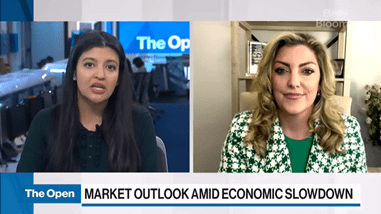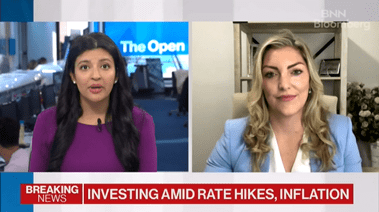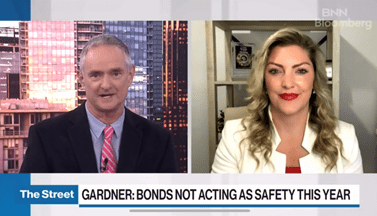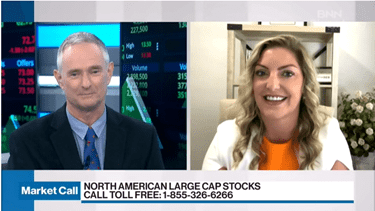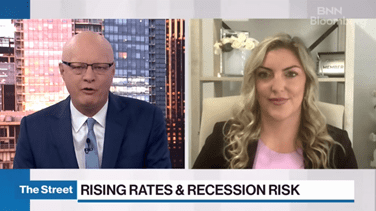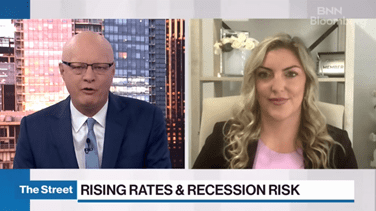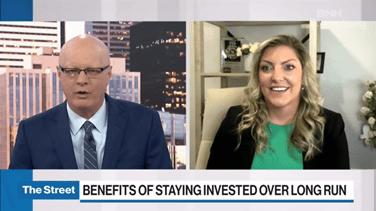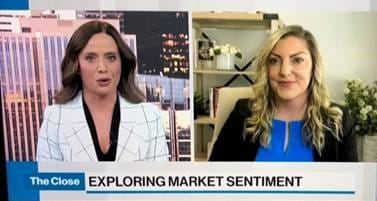In The Media
Articles
- February 2023 - Importance of Prenups and Postnups for Women
- December 2023 - S&P/TSX composite ekes out gain ahead of Black Friday, U.S. stock markets closed
- December 2022 - Reducing Your Tax Bill
- August 2022 - Is Retirement Recession Proof
- May 2022 - Business Owners Who Fail To Plan, ARE PLANNING TO FAIL!
- January 2022 - Is Your Family Prepared for Their Inheritance
- December 2021 - Emotional Investing Mistakes
- October 2021 - Real Estate Returns
- July 2021 - Navigating the New Retirement Ahead
- April 2021 - Generating Income
GLOBE & MAIL ARTICLE COMMENTARY....
- What is your general philosophy when it comes to cash (and 'cash-like') investments in client accounts? Do you have a recommended portfolio weighting? Does the recommendation vary depending on factors such as market conditions, client age or risk tolerance etc.?
- Cash has been an ignored asset class for 15-16 years because of low rates.
- And when it comes to investments, most people, and even advisors, only think of stocks and bonds as asset classes, but cash is equally important.
- It is an underrated asset class, but very important from a risk management and tactical perspective
- As portfolio managers, we will automatically adjust our cash allocations depending on market conditions so clients do not have to think about it.
- Our cash weighting can vary depending on risk levels, where we are in the business cycle, volatility, and specific stock opportunities we see.
- As active managers we will raise cash and get defensive and are comfortable keeping some "dry powder" on the sidelines to protect our clients' profits and manage their downside risk.
- The timing of when to raise cash and how long to hold it needs a lot of analysis and investment experience.
- There is nothing wrong with raising some cash on a strategic basis to mitigate risk
- Also to take advantage of buying opportunities when the timing is right… patiently waiting on the side lines until opportunities arise.
- In a low-interest environment, GICs might offer limited returns. However, they provide a guaranteed return and can be a safe choice for a portion of cash holdings. However, for example, when bonds were not working from the end of 2021 through to 2022, we held more cash because we were getting better returns with less risk on cash than investing in bonds, and shifted our asset allocation to be underweight fixed income/bonds and overweight dividend paying stocks and cash.
- But cash itself is not completely riskless. You can actually lose money after taxes and inflation. Even at 5%, if 25-50% of that goes to taxes, your net "in your pocket" return is just 2.5% to 3.75%. With inflation at 3%+, you will likely be buying LESS stuff in the future with the same amount of money, effectively losing money.
- When we are fully invested, we will have 1-2% cash on the sidelines but have gone as high as 40% if needed in extreme bear market scenarios.
- What is your recommended weighting right now?
- Cash has zero volatility… however having too much cash or fixed income can be too conservative when it comes to returns for some clients.
- We are being cautious right now, we raised a bit of cash this week as technical levels broke, and were ready to raise more if the fed meeting didn't go the way we expected.
- Currently, we have actively been taking profits over the past two weeks and have about 7-10% of cash across our client accounts. We feel the markets have had a nice run up since.
- We believe that GICs can still make sense for some clients depending on their cash flow needs or future purchases – but have also been using some conservative short-term bonds to generate better after-tax returns equivalent to 6-7% GICs.
- Cash might be allocated differently based on short-term and long-term goals. For immediate or short-term needs, keeping cash in more liquid and lower-risk investments might be prudent. For long-term goals, other fixed income investments might be a better.
- What specific 'cash-like' instruments do you recommend? Why?
- We use some ETF high interest solutions such as HISA, CASH, CSAV that have a 12 month trailing yield of around 5% and we also use some mutual fund money market funds.
- We have also been taking advantage of a unique opportunity in some very specific, conservative government and bank bonds, particularly in non-registered accounts. We have been substituting these in place of GICs in some cases because of the tax benefits that they possess and net return to clients is so much higher. A 1-year locked-in GIC can be around 5.0-5.5% while these bonds are cashable and you would need a 6-7% GIC to generate the same level of after-tax total return.

